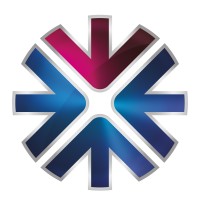
QNB Group
Since its establishment in 1964, QNB Group has steadily grown to become the biggest bank in Qatar and the largest financial institution in the Middle East and Africa (MEA) region. Network expansion comes in support of the Group’s vision to become a leading bank in the Middle East, Africa, and Southeast Asia. In addition, the Bank is establishing a foothold in highly competitive markets, including Hong Kong, where the Group opened recently its first branch. Proud to be the Official Middle East and Africa Supporter of the FIFA World Cup 2022™, QNB Group extends through its subsidiaries and associate companies to more than 30 countries across three continents providing a comprehensive range of advanced products and services. QNB Group has maintained its position as the highest-rated bank in Qatar and one of the highest rated banks in the world from leading credit rating agencies including Standard & Poor’s (A) and Moody’s (Aa3), The Bank has also been the recipient of many awards from leading international specialised financial publications. QNB Group has an active community support program and sponsors various social, educational and sporting events. For further information, please contact QNB’s Public Relations Department through [email protected]






